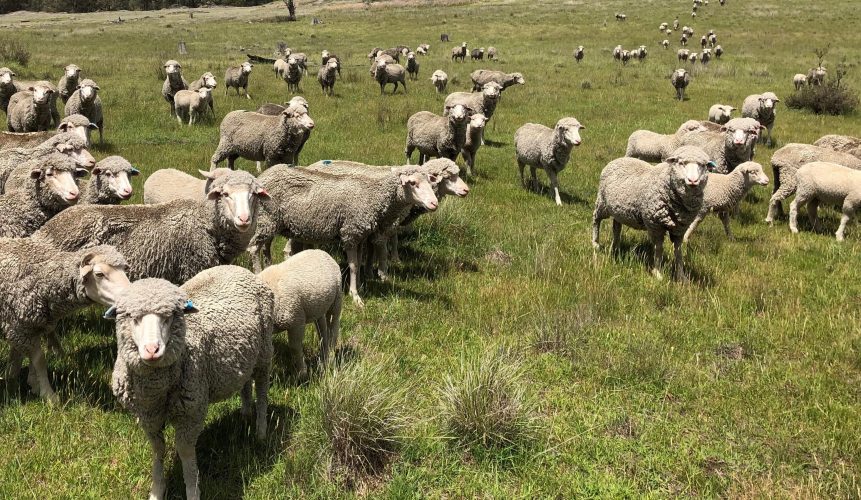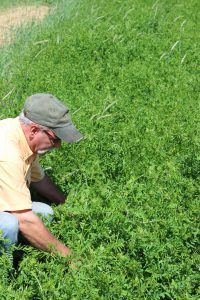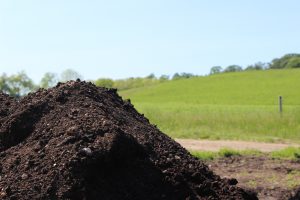Regenerative Techniques and Tools

 We previously discussed the definition of Regenerative Agriculture which the term has been around for more than 30 years. But when it comes down to it, a definition is not what is needed. By defining the term we tend to restrict and segregate activity, farms and groups. What encompasses regenerative agriculture is a very broad and is ever evolving as we learn about our environment, our selves and our communities. The impact for us and the world comes down to how we apply it. There are a broad range of regenerative techniques and tools that can be grouped as regenerative agriculture. These are guided by a set of key principles of regenerative agriculture and these principles should be what drives our actions and the techniques developing a regenerative agriculture system. Regenerative techniques and tools may change and are influenced by our holistic goal, resources, locations, economics, technology and research, but principles will in essence stay firm.
We previously discussed the definition of Regenerative Agriculture which the term has been around for more than 30 years. But when it comes down to it, a definition is not what is needed. By defining the term we tend to restrict and segregate activity, farms and groups. What encompasses regenerative agriculture is a very broad and is ever evolving as we learn about our environment, our selves and our communities. The impact for us and the world comes down to how we apply it. There are a broad range of regenerative techniques and tools that can be grouped as regenerative agriculture. These are guided by a set of key principles of regenerative agriculture and these principles should be what drives our actions and the techniques developing a regenerative agriculture system. Regenerative techniques and tools may change and are influenced by our holistic goal, resources, locations, economics, technology and research, but principles will in essence stay firm.
 In summary of the underlying principles to a regenerative system are:
In summary of the underlying principles to a regenerative system are:
- It is Holistic – it utilises holistic management and planning principles – ecology, people/social and economy. We consider our whole and the wholes around us that we connect, interact with and influence.
- It focuses on the soil and developing the biology and fertility of soils as the basis of the system. Many farmers change how they describe themselves and call themselves soil farmers. Following the 6 Principles of Soil Health focuses our activity.
- It is focused on abundance and resilience utilising Polycultures. By developing systems that mimic natural bio diverse ecosystems and natural processes, then as forces impact on the system, such as climate, it is able to survive and thrive in the face of those forces. This means many enterprises, animal types and plant species. In plants the focus is on mainly perennials that provide longevity and resilience to the system.
- Focus on the whole food system from production to consumption and back again. The perfect outcome is those that loop from food, to consumption and “waste”, returned to the system for the next round.
- Connections with producers and consumers. By focusing on the whole food system there is a development of connecting people with their food again and as a result, many regenerative farmers have a local supply model only, but it is more about connections with producers and consumers and the backward links or return loop.
- And finally, it is not based on growth for growth’s sake – this means many operations set a limit to their size based on the productive capacity of their land, the people and the community. This also allows for others to share in the prosperity of the system.
Ray Archuleta, a soil-health specialist at the USDA, puts it well by saying, “We want to go away from control and command agriculture. We should farm in nature’s image.”
These principles are reflected by many others in the regenerative space. Terra Genesis International present a framework for review and allow us to determine a pathway into the grow a regenerative system. They present this framework in their article – Levels of Regenerative Agriculture
Rodale Institute have been working in the regenerative agriculture space for more then 30 years. They highlight that it is a holistic systems approach to agriculture that encourages continual on-farm innovation for environmental, social, economic and spiritual well being. The key point here is “continual innovation” and I would say that this is both on and off farm.
So what are some of the regenerative techniques and tools?
 Regenerative techniques and tools are practices that we use to ensure we deliver on the principles outlined. Over the coming months I want to explore some of the techniques and tools and provide a little background to some of them (let’s see how far we get). What you might apply to your situation will require some more research, review, advice. Each business, person or family might apply the tools that best fit their context, environment and resources, including money.
Regenerative techniques and tools are practices that we use to ensure we deliver on the principles outlined. Over the coming months I want to explore some of the techniques and tools and provide a little background to some of them (let’s see how far we get). What you might apply to your situation will require some more research, review, advice. Each business, person or family might apply the tools that best fit their context, environment and resources, including money.
The first tool we will look at is more a process and that is our decision making. By using the Holistic Decision-making Framework we can review potential decisions that we want to make and what tools to use and test them against outcomes that work towards the principles and our context (was called your holistic goal). The key thing is your own context or vision for your future. Does this decision move you towards your future context? Does it produce the resource base that you need to achieve your context. Part of your context will be improving ecosystem processes through regenerating our soil and land, improving water cycle, mineral cyles and energy flows and improveing community dynamics (multiple perennial species).
Once we have our direction set we can then start to look at the tools and techniques available to us that fit our circumstance, climate and deliver on our context (when tested each time).
The following is not a full list of regenerative techniques and tools and as Rodale points out we should always be innovating to find and learn about new ecological processes and practices that support them. I have groups these into some broad areas fo a bit of focus. If you have others please go to our facebook page and post them there
Management, planning and strategic tools
- Holistic Management – decision making
- Keyline scale of permanence planning,
- Permaculture Design
Cropping, plants and farming
- Pasture Cropping,
- No-Kill cropping
- Perennial Crops,
- Syntropic Farming
- Alley cropping
- Organic annual cropping and crop rotations
- Agroforestry
- Multispecies cropping
- Polyculture and full-time planting of multiple crop intercrop plantings
- Borders planted for bee habitat and other beneficial insects
- No-Till Farming,
- Cover crops & multi species cover crops
- STUN (Sheer, Total and Utter Neglect) Breeding
Soil fertility development
- Biodynamics,
- Compost & compost tea,
- Animal manures and thermal compost, fungal dominant compost (Johnson SU Compostor/Bioreactor)
- Biochar & Terra Preta,
- Biological fertilizers (Soil Food Web)
Grazing and Animals
- Properly Managed Livestock/Low Stress Livestock Management
- Managed Grazing (Holistic planned grazing, Savory HM, AMP, MIG, cell grazing),
- Animal Integration,
- Multi species grazing systems (including Polyface farms)
- Grassfed livestock
Fish and Aquatic farming
- Aquaculture,
- Ecological Aquaculture
- Marine Permaculture
Trees as crops and part of the system
- Syntropic Farming
- Silvopasture,
- Agroforestry
- Food Forests
- Keyline scale of permanence
Direct influence on water cycle (and other cycles)
- Keyline water management and soil development
- Natural Sequence Farming
